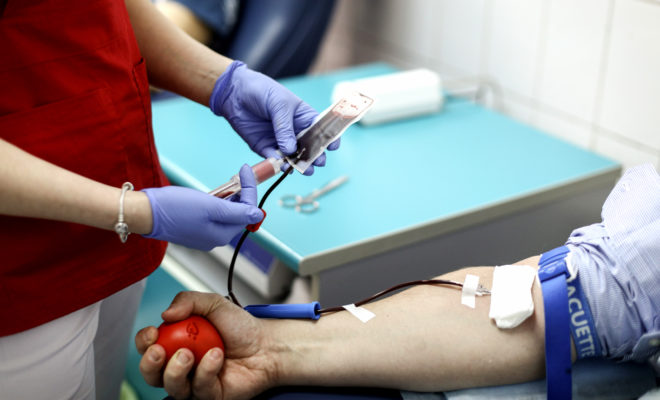When should I take my Exelon patch?

Alzheimer’s disease is a common disease in the elderly. Alzheimer’s disease is a brain disorder that affects a person’s cognitive function such as memory, behaviour and thinking skills. It is common in those in late middle age or old people. Apart from the disease itself causing a person to lose their cognitive function, especially their memory and communicating, this disease itself robs a person’s life and leads to a person unable to become functional. In other words, a person with Alzheimer’s disease is often described as an old person acting like a child due to the nature of the disease itself causing them to forget what they have learned as adults. Unfortunately, there is no known cure for the disease but there are treatments available to help improve this condition. Treatments are available in many forms and are usually prescribed by doctors based on their evaluation towards the patients symptoms and severity of the dementia (general term describing impaired brain cognitive function) itself. One of the drugs commonly used in patients to help improve this condition is Exelon patch. This patch is commonly prescribed to patients as it is the most easiest way to use and does bring significant improvement.
It is worth noting that Alzheimer’s disease is a progressive disease and is due to the ageing process itself. The ageing process caused changes in the brain structure and its chemicals. Exelon patch works by restoring the brain chemical known as neurotransmitters which plays a role in many brain functions. Exelon patch contains rivastigmine as its active ingredient. Rivastigmine helps to improve brain cognitive function such as memory, alertness and learning skills which helps to improve their ability to perform basic daily tasks. Rivastigmine has also been proved to improve a person’s ability to walk and stand. This helps to reduce risk of falls in patients with Parkinson disease. Hence, Exelon patch is used to treat dementia that is caused by Parkinson’s and Alzheimer’s disease.
Exelon patches can be found in a few variants. This includes 4.6 mg, 9.5 mg and 13.3 mg. The type of patch that will be provided to patients will be according to the patient’s circumstances and based on the doctor’s evaluation. Make sure you are receiving and using the exact patch you have been receiving all this while unless your healthcare provider did make changes to your treatment plan. Healthcare providers may gradually increase the dose of the patch to reach an effective dose. It is important to use an Exelon patch according to the doctor’s instructions.
You should take your Exelon patch once a day. This means you will need to replace your patch with a new one every 24 hours. If you forgot to use the patch as you should, do let your healthcare provider know this as you may need specific instructions before restarting using the patch. Never use more than one patch at a time. Avoid using this patch on damaged skin such as red, irritated or cuts on skin. Should you have bad skin reactions after applying the patch, let your healthcare provider know so they can assess and provide alternatives.
Just as with any other drugs, this Exelon patch may pose possible side effects. Common side effects include nausea, loss of appetite, dizziness and diarrhoea. Remember, the benefits of the drugs prescribed by doctors outweighs the risk of side effects. If you experience serious side effects such as irregular heartbeat, losing consciousness, severe abdominal pain, black stool or vomiting, do seek medical attention immediately.
If you have been diagnosed with other medical conditions, do let your doctors know. Certain drugs that treat high blood pressure or heart disease may have reactions with Exelon patch. Thus, it is best to let your healthcare provider know to prevent severe side effects.
In essence, Exelon patch is used to treat dementia associated with Parkinson’s and Alzheimer’s disease. In order to make sure the patch works properly, make sure to always use a new patch on a clean, dry and hairless area of the skin such as the back, upper arm or chest. Always use as instructed by doctors on a regular basis. This helps to maximise the drug effects and improve symptoms.
Taking care of a person with Alzheimer’s disease can be stressful and draining. However, as a caretaker, you are not alone and you do not have to suffer in silence. There are things you can do to provide better living for the one you are taking care of. This includes:
- Establish a daily routine while allowing flexibility for spontaneous activity or when days are a bit difficult.
- Do anticipate that some task may need time for those with dementia to complete. Give them some time and allow breaks in between tasks.
- Involve the person with dementia in tasks that involve the least amount of assistance. This helps them to feel included and loved. For example, letting them set the table when dining together.
- Provide simple instructions that help them understand things clearly.
- Try to not argue, getting angry or frustrated. Do understand they might not be able to understand mistakes they did but they can understand your reactions that cause them great feelings of discomfort and uneasiness.
- Make sure they live in a safe environment.







